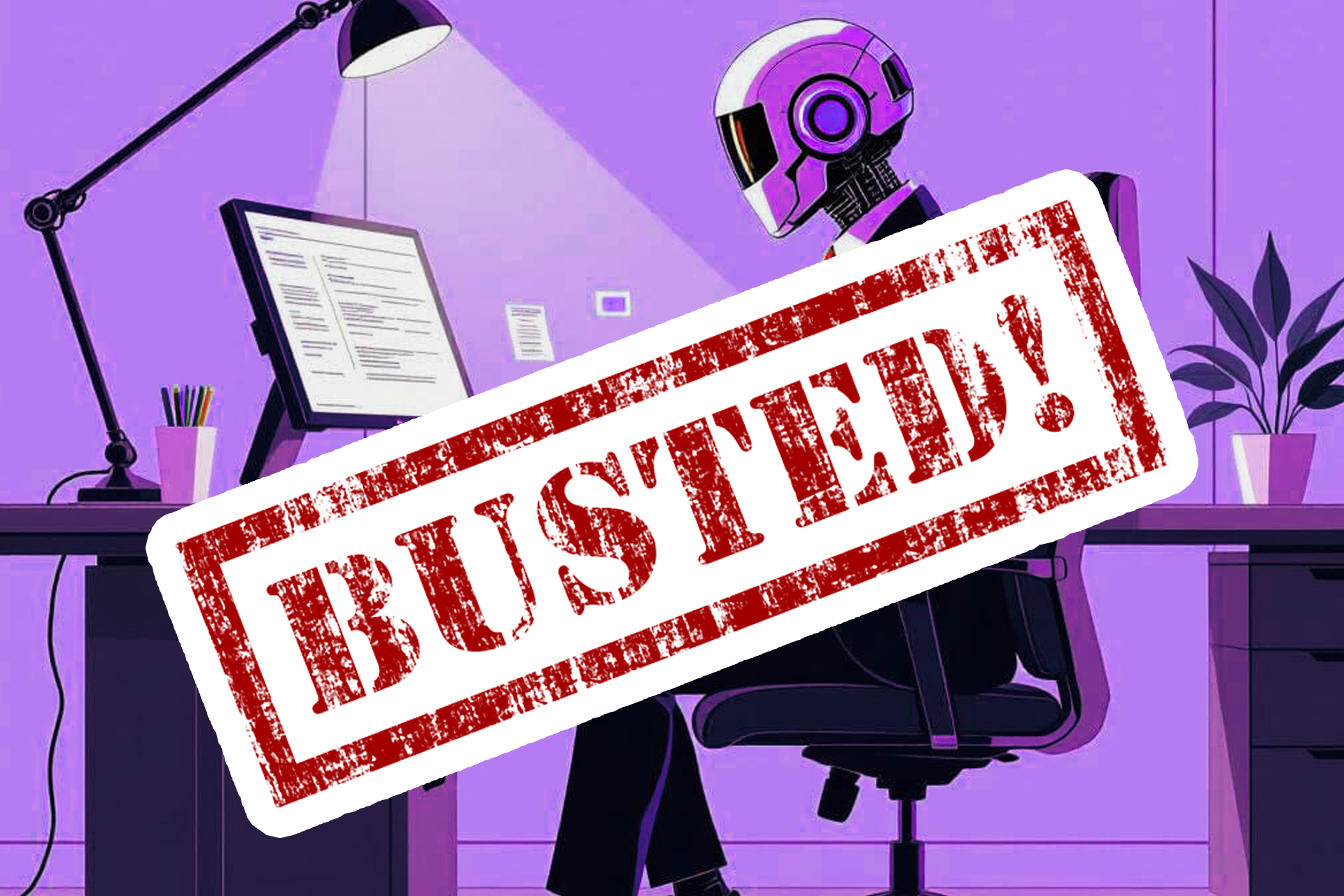
Curately AI, Inc
6495 Shiloh Rd, Suite 300, Alpharetta GA 30005
We care about your data, and we'd use cookies only to improve your experience. By using this website, you accept our cookie policy. Learn More.
Okay, I AcceptWorried that recruitment automation might hurt candidate experience or reduce control? Learn why modern AI recruiter tools solve these concerns and improve hiring results.

Recruiting teams are under pressure to move faster, reduce drop-off, and scale quality outreach without losing the personal experience candidates expect. In light of this, recruitment automation technology offers clear advantages across sourcing, screening, and scheduling, yet many hiring leaders still hesitate to move forward.
The hesitation doesn’t come from a lack of interest. It doesn’t usually even come from a lack of knowledge of the theoretical benefits that automation offers. Instead, it usually stems from a few persistent assumptions. Assumptions that get repeated often, especially in enterprise settings where change moves slowly and risk is closely managed.
Below are four common concerns raised about recruitment automation and why they do not align with how modern recruitment platforms are built and used by staffing teams today.
The fear of impersonal outreach comes from earlier tools that relied heavily on rigid templates or low-context chatbots. These approaches lacked nuance and often confused or irritated candidates. Many of them failed to adjust to role-specific language, location, or recruiter voice.
Today’s automation platforms use structured job intake data, recruiter preferences, and natural language libraries to generate personalized messages at scale. Rather than blasting messages in bulk, the system can adjust for tone, include relevant job details, and prioritize outreach based on candidate behavior.
Candidates are still receiving direct communication from recruiters too, they’re just receiving it faster, with better clarity and consistency.
Early screening tools depended on keywords and rigid scoring logic. These systems filtered candidates based on exact matches or pre-set responses, which led to false negatives and missed talent.
Recent advances in agentic AI allow systems to interpret information and responses for meaning, not just keywords. And the advancement isn’t just limited to text-based resume screening, it’s now possible with phone screens as well! Voice-based AI recruiters can interpret common variations in answers, flag incomplete responses, and even validate candidate answers for veracity.
When the AI hears something unusual, it can ask follow-up questions or prompt clarification rather than discarding the response. This allows teams to capture more accurate data without needing to schedule an additional screen.
Recruiters can then review structured transcripts, highlights, and candidate summaries to decide how to move forward. The conversation gets captured rather than just being filtered out.
Recruiting platforms that are disconnected from daily workflows create frustration. Recruiters often feel locked out of automated systems, unsure of what went out, what came back, and what’s happening in real time.
Modern automation platforms are designed to keep recruiters in the loop. Every outreach, response, screening result, and candidate action is logged and visible. Recruiters can adjust language, pause outreach, prioritize responses, or override automation at any point.
The goal is to reduce manual effort, not remove human involvement. The most important difference? Properly developed modern automation technology isn’t a black box.
Many staffing teams have tested automation tools that solve a single problem but create operational drag elsewhere. A chatbot for screening might not integrate with the sourcing CRM. A matching algorithm might not sync with job-level changes. Over time, these disconnected solutions slow things down.
End-to-end automation platforms consolidate the tools that recruiters use most. Automated sourcing, voice-based screening, AI-powered matching, and structured communication all live in one place. When updates happen (whether it’s a job description edit, new availability, or a flagged candidate) they apply across the system.
This allows recruiters to manage their entire process from a single interface. Nothing gets lost between tools or trapped in siloed workflows.
Recruitment automation succeeds when it is designed for recruiter workflows, not just candidate interaction. It needs to reflect how real teams work, and it needs to help them do that work faster without sacrificing control.
At Curately.ai, our all-in-one seamless recruitment platform provides voice-based agentic AI recruiters, automated candidate outreach, AI-driven sourcing and matching, and transparent tracking across the full recruiting cycle. Everything works together, so recruiters can spend less time coordinating tools and more time closing the right hires. To see how our clients are building faster, smarter, and more scalable recruiting programs, talk to one of our staffing experts HERE.